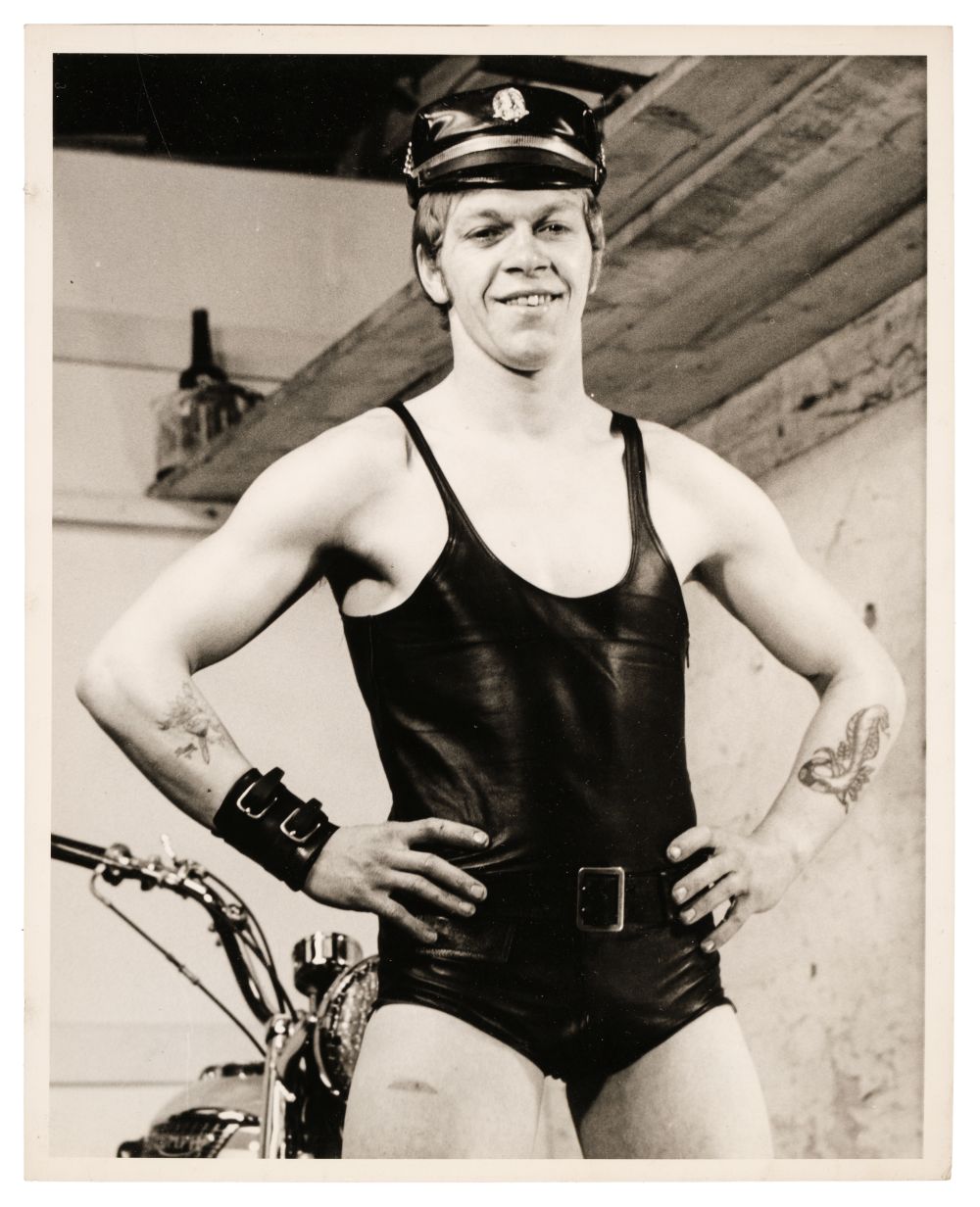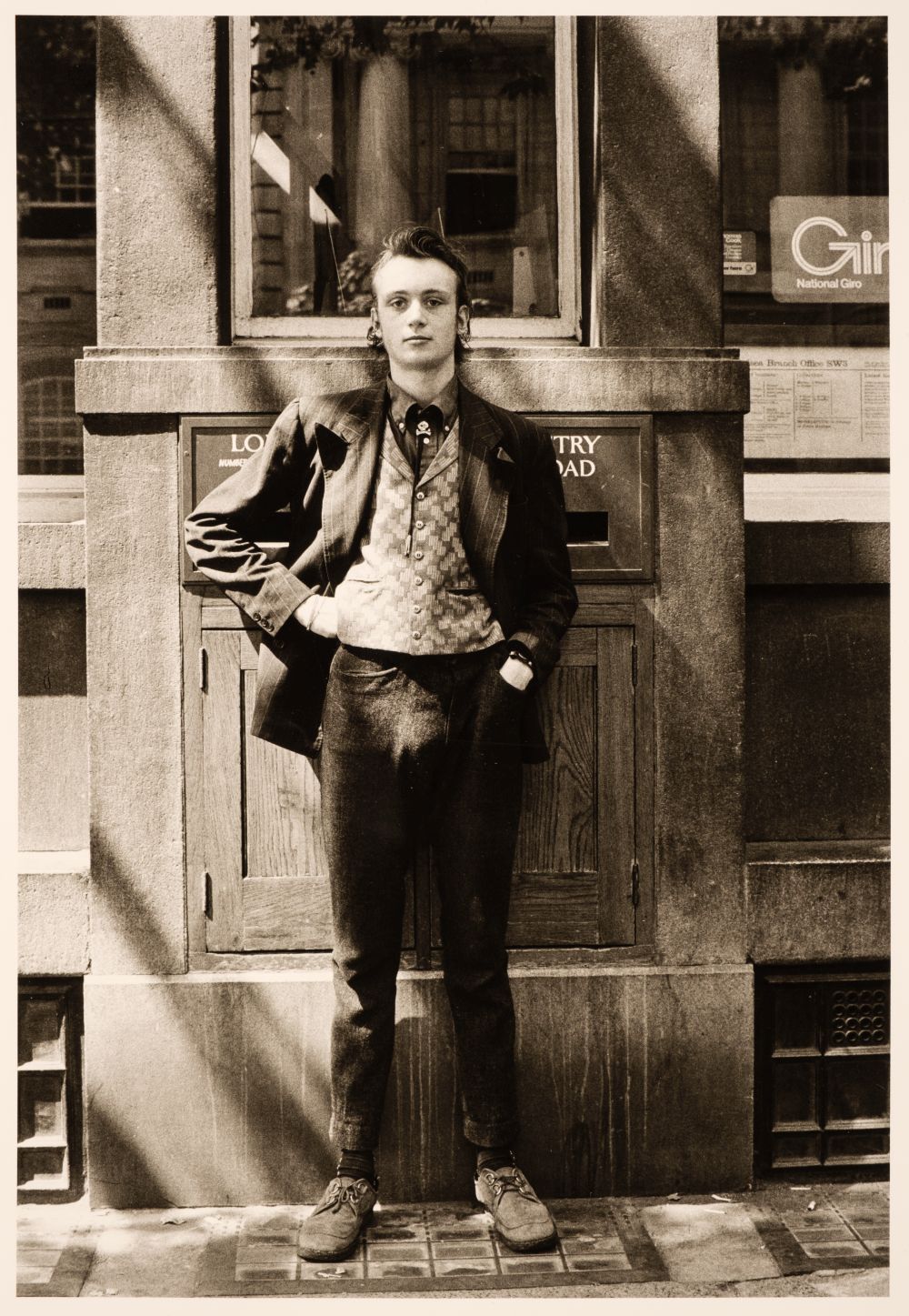Archive of the Jewish-German photographer Rudolf Jonas (1898-1972) which includes about 700 negatives and about 1,000 photos, taken in Eretz Israel during the 1930s, 40s and 50s. Rudolf Jonas was born in Bromberg / Bydgoszcz, Germany; (the city was annexed to Poland in 1919) on December 13, 1898, to a family of fur-traders. During WW I served as a soldier and when the war ended started to study law in Berlin and Marburg where he became familiar with the Zionist movement and as a result came to Palestine on a visit in the 1920s, and documented the country with his camera. Upon the rise of the Nazis to power and the persecution of Jews in Germany, SS soldiers searched his home. When the "Iron Cross" (Eisernes Kreuz) with which he was decorated for service as a soldier in WW I was found between his belongings, one of the soldiers told him: "I recommend that you disappear for a while". Jonas made Aliya to Eretz Israel in September 1933 and started to work as a photographer for "Keren HaYessod" and was even sent to Italy by this organization to visit Jewish communities and collect donations for Zionist activities in Eretz Israel. When WW II ended, he started to work as a professional photographer and as the representative in Israel of "Keystone" international photography agency. During the late 1940s, in the midst of the Independence War, Jonas lived on Gaza Street in Jerusalem and his photos were published in the local and international press (some of his photos were printed in the calendar "Eretz-Israel, Artistic Calendar" for 1948 printed by" Leon the Printer", alongside with photos by leading photographers of the period: Helmar Larsky, Zoltan Kluger, Rudi Weisenstein and Alfred Bernheim . When the Independence War came to an end Jonas moved to Haifa and continued his work as a journalist and photographer for "Keystone" agency until the 1960s. Even though Jonas lived most of his life in Eretz Israel he was attached with all his heart to his mother tongue and to his homeland carrying all his life the insult that he felt when forced to leave Germany. Jonas died in Haifa in April 1972, childless and with no heirs. The archive includes about one thousand photos (some double), taken with his Rolleiflex Camera, most of them 6X6 cm. The photos are arranged in tens of envelopes most of them attached to negatives the way Jonas organized and filed them. Some of the envelopes are annotated in Joans's handwriting and most of the photos are ink-stamped on the reverse with Jonas's ink-stamp. Amongst the locations and events documented are tens of photos of holocaust survivors arriving in Eretz Israel from the Cyprus Detention Camps; activities of schools and educational institutions; national ceremonies and official events, some with the participation of "Yishuv" leaders (David Ben-Gurion, Moshe Sharett and others); photos of "Olim" disembarking boats; establishment of "Tower and Stckade" settlements (such as the establishment of Kibbutz Dalia); the founding ceremony of Kibbutz Baram and the ancient synagogue in Baram; housing projects for "Olim" in Haifa and numerous photos of Haifa and the vicinity; photos of the unveiling ceremony of the "Avoda ve Hagana" memorial by the sculptor Batya Lishansky in Kibbutz Hulda (1929); photos of Rosh Hanikra, Sassa, Rechovot, Kalia (1938), Ancient Acre, Tel-Aviv, Ramla, Ben-Shemen, Afula, Atlit, interesting photos of the Independence War period including photos of Peki'in and its ancient synagogue; iron and metal industries, "Asis" factory and "Shemen" industries in Haifa; leaders of the Druze on Mount Carmel; photos of the Dome of the Rock and the Temple Mount. Tens of photos documenting the visit of the UNSCOP committee – United Nations Special Committee on Palestine (1947) to Eretz Israel, in the Arab countries in the area and in Europe (where the committee visited DPC's) – it seems that as a "Keystone" agency worker Jonas accompanied the delegation. The archive also includes several letters sent to Jo
Archive of the Jewish-German photographer Rudolf Jonas (1898-1972) which includes about 700 negatives and about 1,000 photos, taken in Eretz Israel during the 1930s, 40s and 50s. Rudolf Jonas was born in Bromberg / Bydgoszcz, Germany; (the city was annexed to Poland in 1919) on December 13, 1898, to a family of fur-traders. During WW I served as a soldier and when the war ended started to study law in Berlin and Marburg where he became familiar with the Zionist movement and as a result came to Palestine on a visit in the 1920s, and documented the country with his camera. Upon the rise of the Nazis to power and the persecution of Jews in Germany, SS soldiers searched his home. When the "Iron Cross" (Eisernes Kreuz) with which he was decorated for service as a soldier in WW I was found between his belongings, one of the soldiers told him: "I recommend that you disappear for a while". Jonas made Aliya to Eretz Israel in September 1933 and started to work as a photographer for "Keren HaYessod" and was even sent to Italy by this organization to visit Jewish communities and collect donations for Zionist activities in Eretz Israel. When WW II ended, he started to work as a professional photographer and as the representative in Israel of "Keystone" international photography agency. During the late 1940s, in the midst of the Independence War, Jonas lived on Gaza Street in Jerusalem and his photos were published in the local and international press (some of his photos were printed in the calendar "Eretz-Israel, Artistic Calendar" for 1948 printed by" Leon the Printer", alongside with photos by leading photographers of the period: Helmar Larsky, Zoltan Kluger, Rudi Weisenstein and Alfred Bernheim . When the Independence War came to an end Jonas moved to Haifa and continued his work as a journalist and photographer for "Keystone" agency until the 1960s. Even though Jonas lived most of his life in Eretz Israel he was attached with all his heart to his mother tongue and to his homeland carrying all his life the insult that he felt when forced to leave Germany. Jonas died in Haifa in April 1972, childless and with no heirs. The archive includes about one thousand photos (some double), taken with his Rolleiflex Camera, most of them 6X6 cm. The photos are arranged in tens of envelopes most of them attached to negatives the way Jonas organized and filed them. Some of the envelopes are annotated in Joans's handwriting and most of the photos are ink-stamped on the reverse with Jonas's ink-stamp. Amongst the locations and events documented are tens of photos of holocaust survivors arriving in Eretz Israel from the Cyprus Detention Camps; activities of schools and educational institutions; national ceremonies and official events, some with the participation of "Yishuv" leaders (David Ben-Gurion, Moshe Sharett and others); photos of "Olim" disembarking boats; establishment of "Tower and Stckade" settlements (such as the establishment of Kibbutz Dalia); the founding ceremony of Kibbutz Baram and the ancient synagogue in Baram; housing projects for "Olim" in Haifa and numerous photos of Haifa and the vicinity; photos of the unveiling ceremony of the "Avoda ve Hagana" memorial by the sculptor Batya Lishansky in Kibbutz Hulda (1929); photos of Rosh Hanikra, Sassa, Rechovot, Kalia (1938), Ancient Acre, Tel-Aviv, Ramla, Ben-Shemen, Afula, Atlit, interesting photos of the Independence War period including photos of Peki'in and its ancient synagogue; iron and metal industries, "Asis" factory and "Shemen" industries in Haifa; leaders of the Druze on Mount Carmel; photos of the Dome of the Rock and the Temple Mount. Tens of photos documenting the visit of the UNSCOP committee – United Nations Special Committee on Palestine (1947) to Eretz Israel, in the Arab countries in the area and in Europe (where the committee visited DPC's) – it seems that as a "Keystone" agency worker Jonas accompanied the delegation. The archive also includes several letters sent to Jo














Try LotSearch and its premium features for 7 days - without any costs!
Be notified automatically about new items in upcoming auctions.
Create an alert